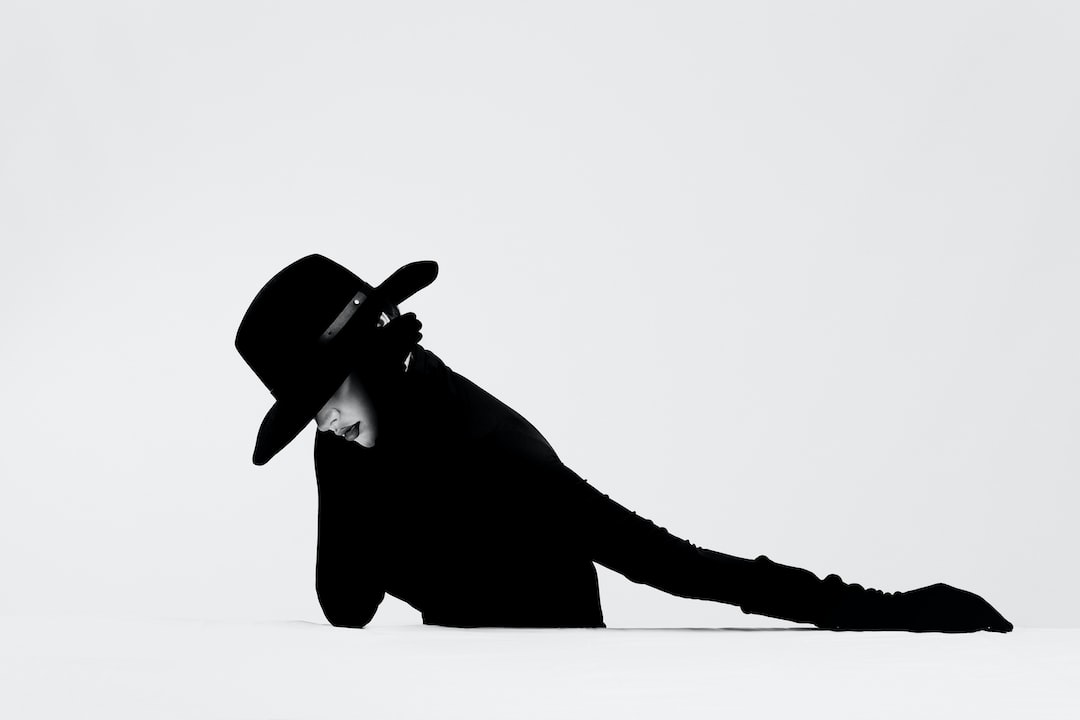Breaking Gender Norms: Unisex and Gender-Fluid Fashion
Throughout history, society has imposed rigid expectations and norms when it comes to how individuals should express their gender through fashion. However, in recent years, there has been an inspiring shift towards breaking these gender stereotypes. Unisex and gender-fluid fashion are revolutionizing the way we perceive and approach clothing, offering a sense of freedom and empowerment to individuals irrespective of their gender identity.
Unisex fashion, also known as gender-neutral fashion, challenges the notion that clothes should be strictly categorized as either masculine or feminine. It embraces a more inclusive approach by blurring the traditional gender lines in clothing design, allowing individuals to express themselves freely without conforming to societal expectations. Unisex garments often feature simple silhouettes, neutral colors, and minimalist designs that can be worn by anyone, regardless of their gender.
One of the most prominent examples of unisex fashion is the timeless white T-shirt. Originally a staple in men’s wardrobes, it has transcended gender boundaries and become a must-have item for both men and women. It’s a versatile piece that can be styled in countless ways, from pairing it with jeans for a casual look to tucking it into a skirt for a more polished outfit. The white T-shirt exemplifies how an everyday item can serve as a symbol of gender equality in fashion.
Gender-fluid fashion takes the concept of unisex fashion a step further by embracing androgyny and allowing individuals to freely explore their gender identity through clothing. It rejects the notion that clothing should be dictated by one’s assigned sex at birth and encourages self-expression without limitations. Gender-fluid fashion celebrates a broader spectrum of identities and creates a space where individuals can present themselves authentically.
Designers like Rad Hourani and Harris Reed are leading the charge in the gender-fluid fashion movement. Their collections challenge the traditional male/female dichotomy by featuring garments that transcend gender norms. Rad Hourani, for instance, creates avant-garde clothing that can be worn by anyone, regardless of their gender identity. His designs often incorporate elements like loose-fitting silhouettes, clean lines, and monochromatic color schemes, allowing individuals to express themselves beyond societal expectations.
Harris Reed, on the other hand, is known for his flamboyant designs that blur the lines between masculinity and femininity. Reed’s creations often feature intricate detailing, vibrant colors, and flowing fabrics, offering an alternative to the traditional gendered fashion norms. By traversing across conventional boundaries, these designers empower individuals to embrace their uniqueness and challenge societal norms.
As the unisex and gender-fluid fashion movements gain momentum, major brands are taking notice and adjusting their strategic approach to embrace this inclusive wave. Many fashion labels are creating capsule collections or entire lines dedicated to genderless clothing, aiming to cater to a larger spectrum of customers. This shift is not only a reflection of changing societal attitudes but also a smart business move, acknowledging the growing demand for more inclusive clothing options.
The impact of breaking gender norms in fashion reaches far beyond the clothing itself. It has a profound effect on self-expression, self-confidence, and the dismantling of harmful stereotypes. By embracing unisex and gender-fluid fashion, individuals are encouraged to break free from the confines of societal expectations and express their individuality. It cultivates a sense of empowerment, as people have the freedom to choose how they want to present themselves to the world.
Moreover, the breaking of gender norms in fashion has a ripple effect on society as a whole. By challenging traditional gender roles and stereotypes, it opens up conversations about inclusivity and equality. It promotes empathy and understanding, as individuals gain a deeper appreciation for diverse gender identities and expressions. This much-needed conversation creates a more tolerant and accepting society, where everyone can feel seen, heard, and celebrated.
In conclusion, the rise of unisex and gender-fluid fashion signifies a significant shift in the fashion industry’s approach to gender norms. It challenges traditional expectations and provides a platform for individuals to express themselves freely and authentically. As we continue to embrace these movements, we are paving the way for a more inclusive and diverse society that celebrates the beauty of individuality, regardless of gender. Breaking gender norms through fashion is not only a sartorial revolution but also a powerful catalyst for societal change.

